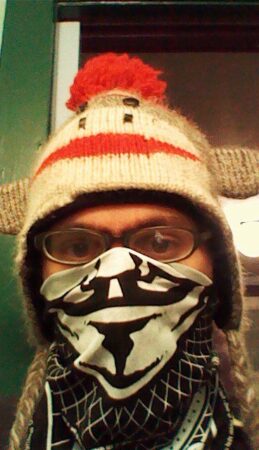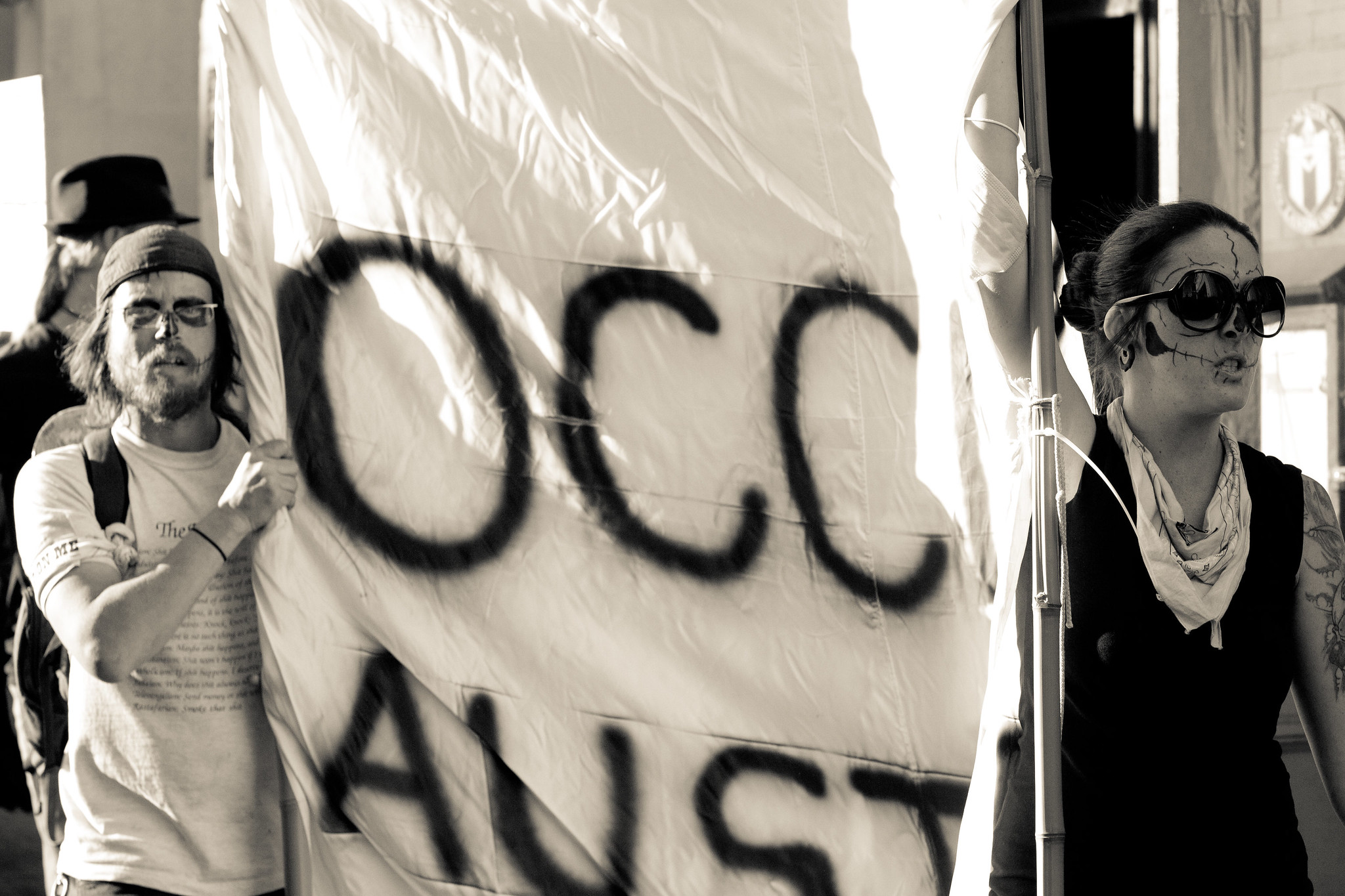Like many people, I’m concerned about Twitter’s future stability. If you’d like to keep up with me outside of birdsite, consider following me on Mastodon at @kitoconnell@kolektiva.social or look for other social links here.
The following was originally published on Gonzo Notes, my mailing list:
Over the weekend of Halloween in 2011, 38 people were arrested at Occupy Austin, the local outgrowth of Occupy Wall Street, a national, mostly anticapitalist movement targeting systemic inequality and corporate influence. I wasn’t involved in the movement yet, but this incident, and a certain social network, set off a chain of events that launched my journalism career.
I joined Twitter in 2009 after attending a technology and sex conference in San Francisco. I noticed everyone using their phones and laptops in a new way to communicate with each other about the conference, even if they hadn’t met before. So I was virtually watching two years later, when dozens of people got arrested in my town in a single night over sharing food.
Like most Democratic cities, officials voiced initial support for the activists camping at Austin City Hall, until two things became clear: one, that Occupy was not focused on pushing the Democratic Party’s agenda or candidates, and two, that the movement made the city’s growing poverty problem impossible to ignore by bringing unhoused campers to its front door. After that, they tried every possible trick (constitutional or otherwise), along with escalating police violence, to dismantle the encampment and undermine the networks springing up around it.
Just before the arrests, they’d banned feeding people after 10pm at city hall. The encampment decided to keep sharing food no matter what. It snowballed into a sit-in, and dozens of arrests. And I saw a tweet about it, and decided to join.
A day later, we paraded down the sidewalk from city hall to the county jail, where we planned to celebrate as each of the arrested folks got released, and offer them snacks, water, cigarettes, phone calls, the usual jail support stuff. But a few things set it apart from the many other days we’d spend waiting for comrades at the jail over the coming years:
- An old white Karen told me that my warm winter sock monkey hat was making the movement look bad. I kept wearing it out of spite as I came back, time after time, eventually becoming the social media lead for the movement. I kept wearing that hat long after she stopped showing up at all.
- The tweets about the arrests had gone international, reaching protesters at Tahrir Square in Egypt. They, in turn, marched on the American embassy to protest the arrests in Austin, and tweeted photos and messages of support back to us.
- As the arrested activists came out of the jail, one made a speech inviting us to march back to the city hall encampment. Only this time, he said we should take the streets and not the sidewalks. So we did.

Personally, but also I believe for many others’ present that day, this moment radicalized me, sending me on a politically leftward journey that would teach me about the power of people working together. For me, it was easy to imagine we were seeing the start of a new kind of global revolution. Even if that wasn’t true, we learned so much about community organizing and, as the movement dissolved, many of us kept doing the work—from mutual aid after disasters to blockading climate-destroying corporations.
A few tweets set so much in motion. During Occupy I taught dozens of people to use Twitter to help them have more of a voice online, sometimes using just a flip phone and SMS text messages. Eventually, I talked Firedoglake, a formative political blog from the early days of online politics, into hiring me as an editor and correspondent. It was with FDL that I’d continue to cover Occupy, and find myself at the heart of historic moments like the massive “People’s Filibuster” in 2013, when we briefly shut down the Texas legislature over abortion access. Every moment, documented in 140 (and later, 280) characters. A decade later, I’m still a journalist and, as my health and energy levels allow, still causing trouble.
Of course, much of it’s been far from stellar. The death threats, harassment and nazi stalking that resulted from Twitter’s worst moments left scars on my psyche that are still healing. It’s got so bad that so many of us routinely joke that “social media was a mistake.” And still, I’m saddened as I contemplate what seems to be a fiery financial and cultural apocalypse at Twitter. I wonder what will be left when Elon finishes speedrunning the death of this social network.
If you’re reading this, there’s a good chance that a tweet helped you discover my writing. If I’d never tweeted, who would be reading me now? It’s hard to say. For all its many, serious flaws, I hope there’s a similar way for creators, artists and activists to reach people in the future, one with less human toxicity and algorithmic meddling. We can dream, right?
Subscribe to my mailing list to get occasional posts like this in your inbox, along with links to my writing:
